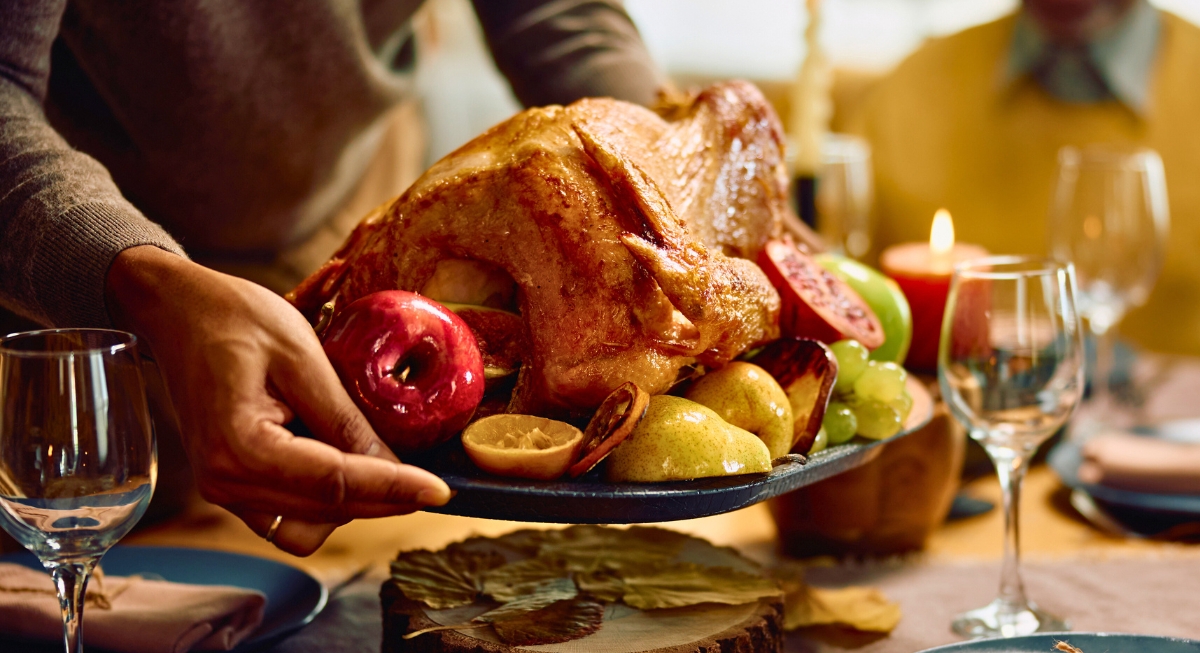Plenty of people grew up thinking chicken, beef, or pork were the default options for dinner. However, American menus used to include less common meats that are now unfamiliar or even banned. Over time, laws changed to address public health risks or protect declining species.
So, the next time you're browsing food choices, consider that some dishes once served without controversy are now prohibited entirely.
Horse Meat
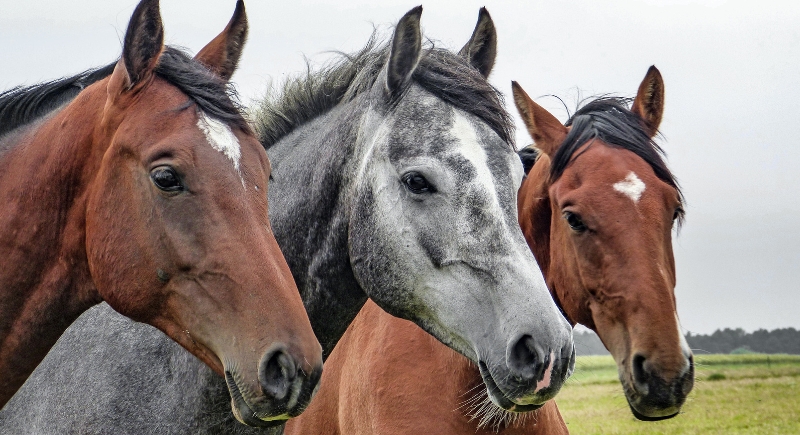
Credit: pixabay
You can still find horse meat on menus in Quebec, Japan, and parts of Italy. It’s leaner than beef, packed with iron, and commonly presented raw in sashimi-style dishes. Many describe the taste as mildly sweet with a tender texture. Although it’s now unfamiliar to most Americans, it continues to be widely accepted in various international cuisines.
Mechanically Separated Beef
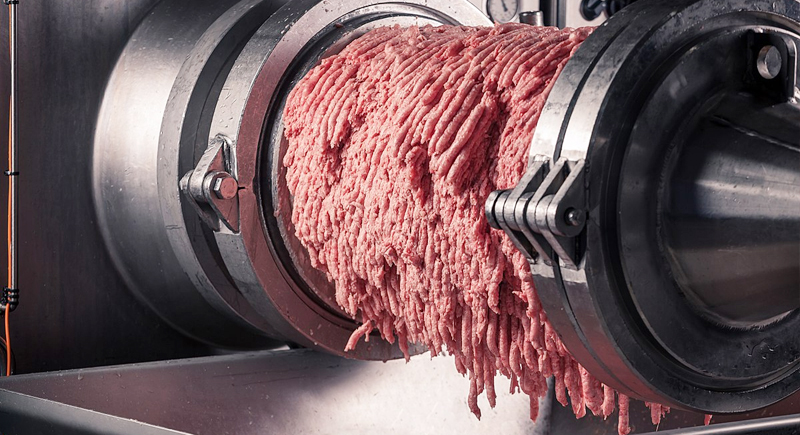
Credit: Wikimedia Commons
This low-cost meat paste made its way into hot dogs, canned chili, and other processed foods. Factories used high-pressure machines to strip bones of residual meat and turn leftovers into an inexpensive protein source. Despite its efficiency, regulators banned mechanically separated beef in 2004 over concerns tied to mad cow disease.
Owl Meat
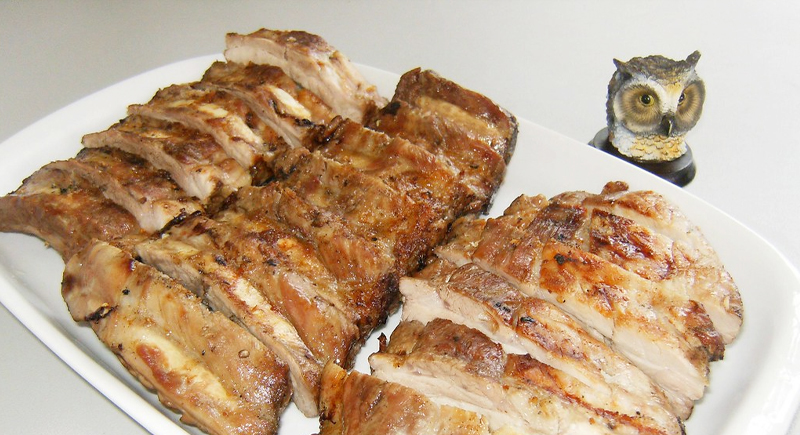
Credit: flickr
Nineteenth-century recipes occasionally called for owl, especially in Louisiana, where it appeared in gumbo and stew. Early settlers and some tribal communities treated owls as another bird to hunt, not as culturally sacred animals. Most cookbooks didn’t specify which species to use, and Recipes offered few instructions beyond roasting or boiling.
Sea Turtle Meat

Credit: Getty Images
Turtle soup belonged on banquet tables and in everyday kitchens. The meat’s firm texture and rich flavor made it ideal for slow cooking, and recipes appeared regularly in American cookbooks in the 1800s. Some presidents even included turtle dishes at state dinners and grand celebrations.
Animal Lungs

Credit: Getty Images
Unlike other organs, lungs can trap airborne particles like dust, bacteria, and mold during an animal’s life. Even after cooking, residues may remain. The USDA finally decided to ban them for human consumption in 1971, and that ruling has never changed.
Wild Abalone
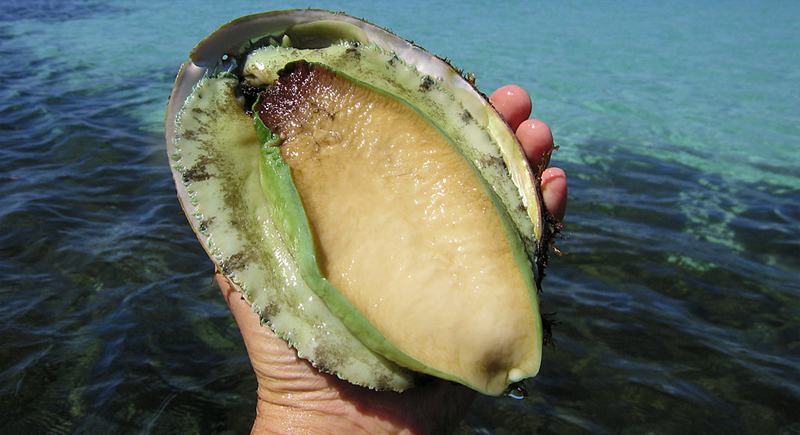
Credit: flickr
Before harvesting restrictions, wild abalone appeared frequently in seafood menus along California’s coast. Harvesters collected them along rocky coasts before preparing them in simple seafood dishes. Their shimmering shells were used for decoration, and their meat delivered sustenance for coastal tribes.
Robin Meat
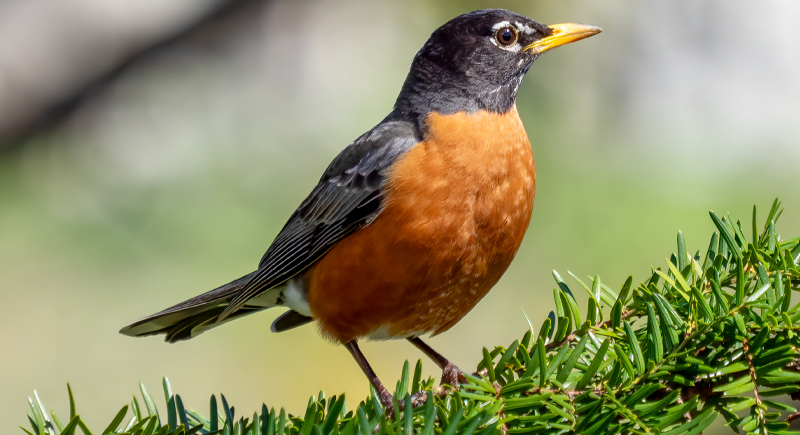
Credit: Wikimedia Commons
During fall migration, markets sold robins in large batches, often marketed for pies and game stews. Their abundance and small size made them accessible and easy to prepare. People treated them much like pigeons or squirrels, eating what was available. Though robins are now protected, they used to hold a clear place on the American dinner table.
Whale Meat
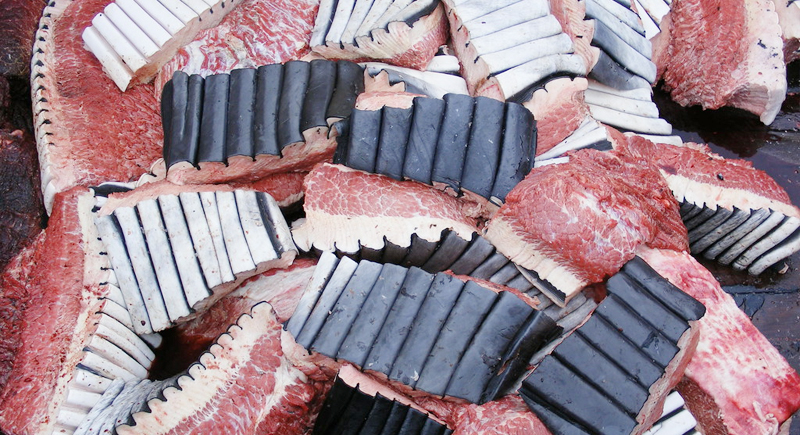
Credit: flickr
Whale is a common dish in Japan, Norway, and Iceland, where it’s grilled, cured, or served raw. The form is dense, dark, and closer in texture to liver than steak. It never took hold in the U.S., but some Indigenous communities in Alaska continue subsistence whaling.
Shark Fins
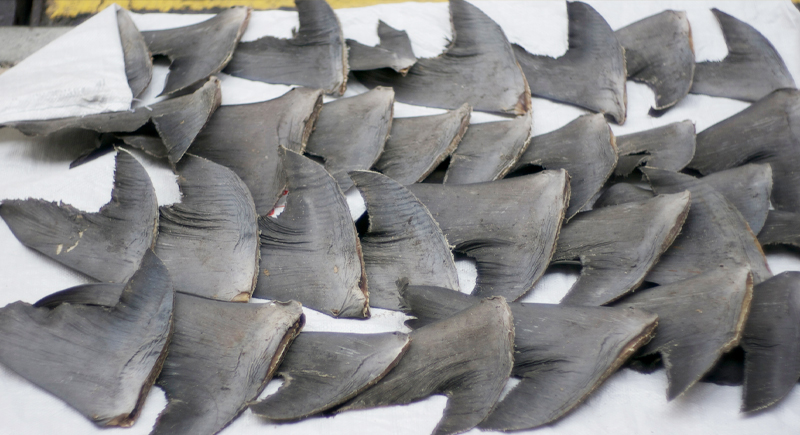
Credit: Wikimedia Commons
Shark fins thickened soup and symbolized status at formal Chinese banquets. The fins themselves don’t add much flavor but become gelatinous after hours of simmering. Although still eaten in some Asian countries, the U.S. moved in a different direction. Several states have put a stop to the practice of finning, as well as the sale and possession of shark fins.
Loon Meat

Credit: flickr
Native American tribes in northern regions, including the Cree and Ojibwe, would hunt loons as a seasonal food source. The meat was typically roasted or boiled, and loon eggs were collected during nesting periods. Currently, loons are federally protected under the Migratory Bird Treaty Act.
Puffer Fish
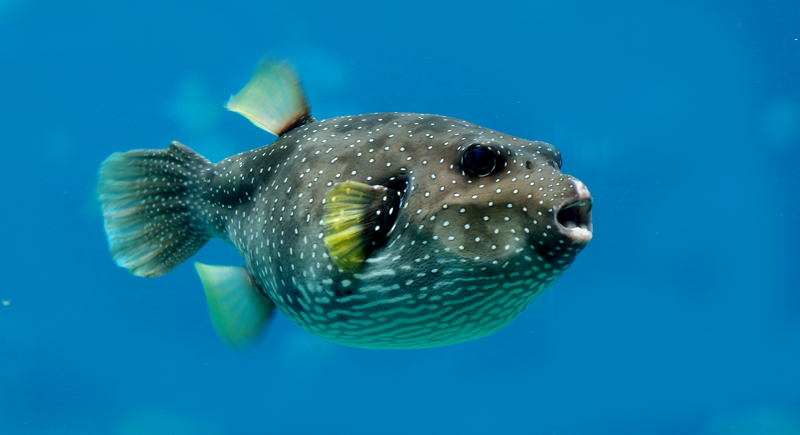
Credit: Wikimedia Commons
Chefs in Japan still prepare fugu, or puffer fish, under tightly controlled conditions. It contains tetrodotoxin, a potent neurotoxin that can cause paralysis if not removed correctly. In the U.S., one approved importer supplies limited quantities. Though legal under strict FDA oversight, puffer fish remains rare, and only a handful of American establishments are authorized to serve it.
Ortolan Meat

Credit: Wikimedia Commons
Ortolan—a tiny songbird—used to be presented whole in elite French dining rooms. It was fattened, drowned in brandy, roasted, and eaten in a single bite. Tradition called for diners to cover their heads with napkins to capture aroma and create privacy. Both Europe and the U.S. now prohibit its sale and consumption.
Lab-Grown Meat

Credit: flickr
Lab-grown meat arrived in select U.S. restaurants in 2023 after receiving federal approval. A few spots in San Francisco and Washington, D.C., prepared small portions of cultivated chicken. By 2024, Florida and Alabama will ban the sale entirely. More states are debating similar bills. While it’s still legal federally, the national rollout has stalled.





